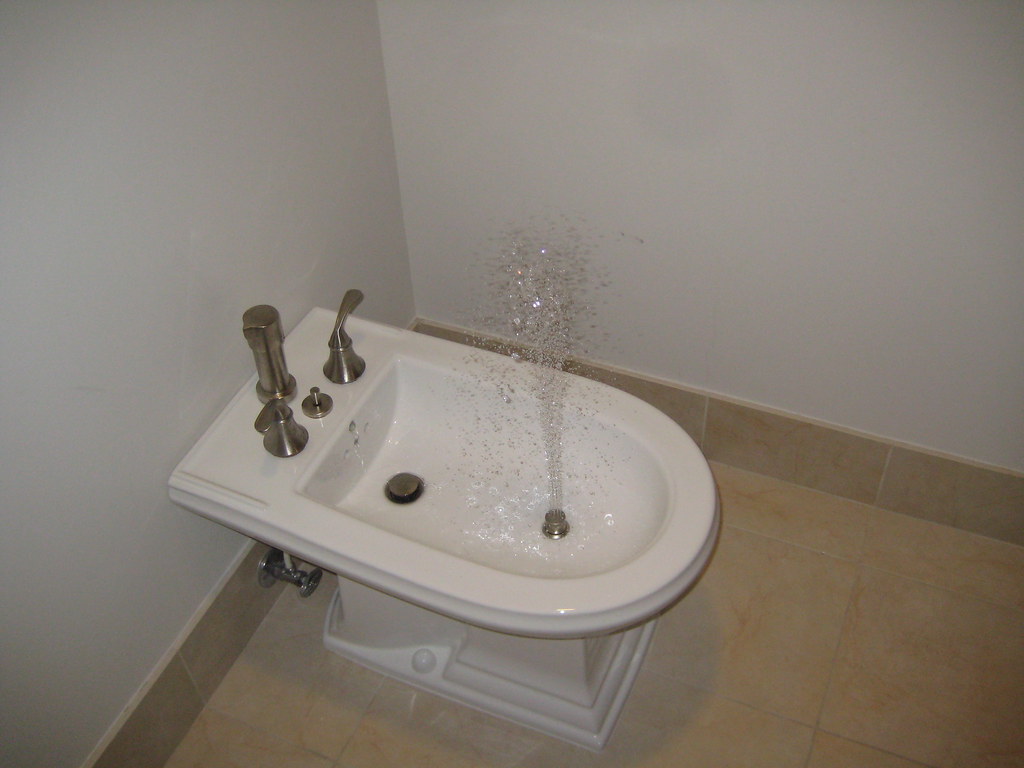Bidets are a common fixture in many countries around the world, but they remain relatively rare in the United States. This article explores the reasons behind the low adoption of bidets in US bathrooms, examining cultural, historical, and practical factors. We also look at the potential benefits of using bidets and consider whether they might become more popular in the future.
Historical Context
Early Introduction and Limited Adoption
Bidets originated in France in the 17th century and have since become popular in many parts of Europe, Asia, and South America. Despite their long history, bidets never gained widespread acceptance in the United States. Several factors contributed to this limited adoption:
- Cultural Differences: The US developed its own bathroom habits and preferences, which did not include the use of bidets. The cultural emphasis on toilet paper as the primary means of hygiene played a significant role.
- Historical Timing: By the time bidets became popular in Europe, American bathrooms were already designed and standardized without space for an additional fixture. Retrofitting bathrooms to include bidets was seen as unnecessary and costly.
World War II Influence
American soldiers returning from Europe after World War II were exposed to bidets in countries like France and Italy. However, the association of bidets with brothels and the misconception that they were used for unsanitary purposes prevented their adoption back home.
Cultural and Practical Factors
Preference for Toilet Paper
In the United States, toilet paper has been the primary means of personal hygiene for over a century. This preference is deeply ingrained in American culture and is supported by a robust toilet paper industry. Switching to bidets would require a significant cultural shift and re-education on bathroom hygiene practices.
Bathroom Design and Space
Typical American bathrooms are not designed to accommodate bidets. Unlike many European and Asian countries where bathrooms are larger and more versatile, US bathrooms often lack the space for an additional fixture. This practical limitation discourages homeowners from installing bidets.
Plumbing Considerations
Installing a bidet requires additional plumbing, which can be costly and complicated. American homes, particularly older ones, may not have the necessary plumbing infrastructure to support bidets without significant renovation.
Benefits of Bidets
Improved Hygiene
Bidets offer superior hygiene compared to toilet paper. They provide a thorough cleaning, reducing the risk of infections and improving overall cleanliness. This is particularly beneficial for individuals with certain medical conditions or mobility issues.
Environmental Impact
Using bidets can significantly reduce the amount of toilet paper consumed, which has positive environmental implications. The production and disposal of toilet paper contribute to deforestation, water consumption, and landfill waste. Bidets present a more sustainable alternative.
Cost Savings
Although the initial installation cost of a bidet can be high, the long-term savings on toilet paper can offset this expense. Over time, households that switch to bidets may find that they save money on hygiene products.
Potential for Increased Adoption
Modern Bidet Attachments
In recent years, bidet attachments and bidet toilet seats have become more popular in the United States. These devices are easier to install than traditional standalone bidets and do not require significant bathroom modifications. They offer an affordable way for Americans to experience the benefits of bidets without the hassle of major renovations.
Changing Attitudes and Awareness
As global travel increases and Americans are exposed to different hygiene practices, attitudes towards bidets are slowly changing. Increased awareness of the environmental and hygienic benefits of bidets is also contributing to their growing popularity.
Health and Wellness Trends
The rise of health and wellness trends in the United States is encouraging more people to consider bidets. As individuals become more conscious of their personal hygiene and environmental impact, bidets are becoming a more attractive option.
FAQ
Are bidets more hygienic than toilet paper?
Yes, bidets are generally considered more hygienic because they provide a more thorough cleaning compared to toilet paper.
Is it expensive to install a bidet?
The cost of installing a bidet can vary. Traditional bidets may require significant plumbing work, while bidet attachments and bidet toilet seats are more affordable and easier to install.
Can bidets help reduce toilet paper usage?
Yes, using a bidet can significantly reduce the amount of toilet paper needed, leading to cost savings and environmental benefits.
Conclusion
While bidets are not yet common in US bathrooms, they offer numerous benefits, including improved hygiene, environmental sustainability, and cost savings. Cultural preferences, bathroom design, and plumbing challenges have historically limited their adoption. However, changing attitudes, increased awareness, and the availability of modern bidet attachments suggest that bidets may become more popular in the United States in the future.
